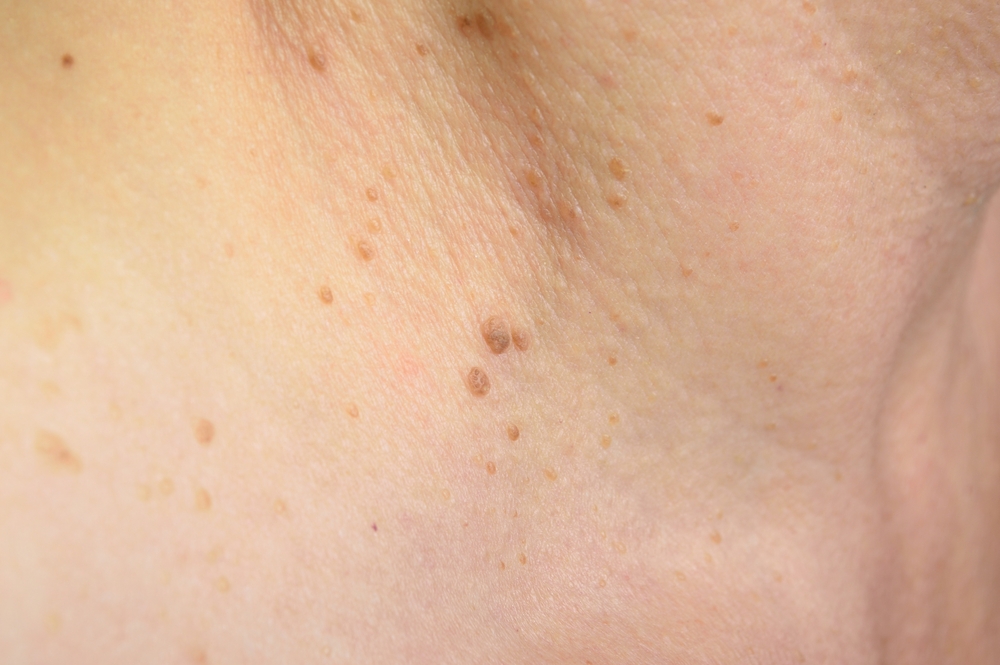 In a recent study titled “Solar elastosis and cutaneous melanoma: a site-specific analysis”, published ahead of print in the International Journal of Cancer, a research team led by Dr. David C. Whiteman, QIMR Berghofer Medical Research Institute, Australia, studied the predictors of chronic sun damage in skin areas adjacent to melanomas present in the trunk.
In a recent study titled “Solar elastosis and cutaneous melanoma: a site-specific analysis”, published ahead of print in the International Journal of Cancer, a research team led by Dr. David C. Whiteman, QIMR Berghofer Medical Research Institute, Australia, studied the predictors of chronic sun damage in skin areas adjacent to melanomas present in the trunk.
Researchers found that these type of melanomas are linked to a sun-sensitive phenotype, accumulated sunburns, measures of cumulative sun exposure and numbers of actinic keratoses.
The researchers designed a population-based, case-to-case comparison study, conducted in Brisbane, Australia, and analyzed the prevalence and epidemiologic links between chronic solar skin damage in the areas close to invasive, incident melanomas on the trunk or head and neck, in patients aged 18-79 between 2007 and 2010.
A total of 510 participants reported the necessary information concerning environmental and phenotypic factors, while a dermatologist registered nevi and actinic keratosis, crusty lesions caused by damage from the sun’s ultraviolet rays.
Using a 4-point scale, dermatopathologists were able to evaluate solar elastosis (skin areas that appear yellow and thickened as a result of sun damage) adjacent to each melanoma, and lesions were rated either nil, mild, moderate or marked.
Through statistical analysis, the team was able to measure the associations between different variables and solar elastosis.
The results showed that 10% of patients showed marked solar elastosis, while 27% showed a degree of moderate solar elastosis of trunk melanomas. Additionally, this type of lesion was observed in 60% and 17%, respectively, of head/neck melanomas. Independent of the site, marked elastosis was associated with age and inversely associated with neval remnants.
For melanomas of the trunk, marked elastosis was correlated with highest quartiles of total sun exposure and facial freckling. In contrast, the team observed that these rates were inversely correlated with deeply tanning skin and high nevus counts.
The authors concluded that an average of 1-in-3 melanomas of the trunk are associated with moderate-to-marked chronic sun damage in the group of patients analyzed (Queensland). Furthermore, patients who develop these melanomas can be “distinguished on the basis of their exposure history and their phenotypic characteristics from other patients whose trunk melanomas lack evidence of sun damage”, the authors state in their study.


